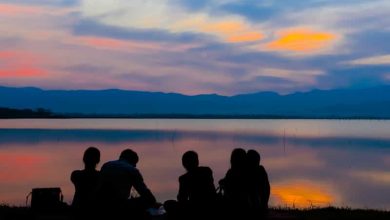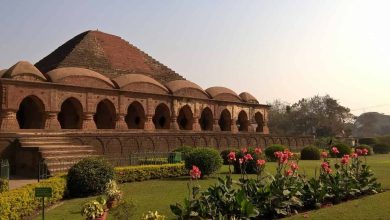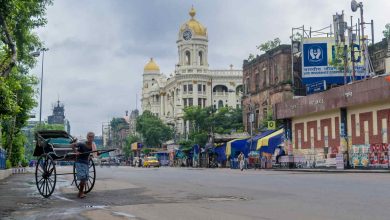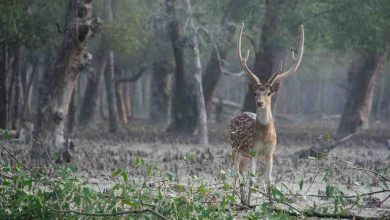Kolkata is the city of Joy, a place where you can explore the finest culinary cuisines while gazing at the most beautiful architectural marvels of the country. The largest city of West Bengal is also the cultural capital of India, owing to its rich history in literature and the finest educational institutions that are currently there. What’s more? It is also the 7th most populous city in India! Being very populous, Kolkata has traffic woes of its own and you will hear those occasional horns at every corner. But this could have been so much worse without the Kolkata Metro!
Kolkata Metro is one of the oldest intra-city metros in the country with underground stations. It also happens to be the first metro route with an underwater tunnel that was constructed underneath the Hoogly River.
Here’s everything you need to know about the Kolkata Metro route, its operational lines, history, upcoming plans and ticket fares.
[treebo_visual_elements header=”Book Budget Hotels in Kolkata” city=”Kolkata”]
History and Development
Attempts were made in the past and committees sat down to discuss the construction of the Kolkata Metro route. In the 1919 session of the Imperial Legislative Council at Shimla, a committee headed by W.E Crum suggested that Calcutta should have its metro route, something that would run under the Hoogly River. The initial suggestion was that the route would be 10.4 kms long and would connect the East Bengal Railway in Bagmari and the East Indian Railway in Benaras Road. Crum also spoke about a north-south corridor along with the suggested line. The project was expected to require close to 36.4 crores if we calculated the budget using the current currency exchange rates. In 1923, the project was shelved due to lack of funds.
Later, Dr B.C Roy, the state’s chief minister in 1949, suggested having an underground metro in Kolkata city. A team of French experts conducted surveys but nothing significant came out of it. Traffic problems were nightmares during those days because only 4.2% of Kolkata’s surface area was roads unlike the 25% in Delhi or close to 30% in other metropolitan cities. Increasing the number of public transport facilities was also not helping the case. Kolkata Metro became a necessity.
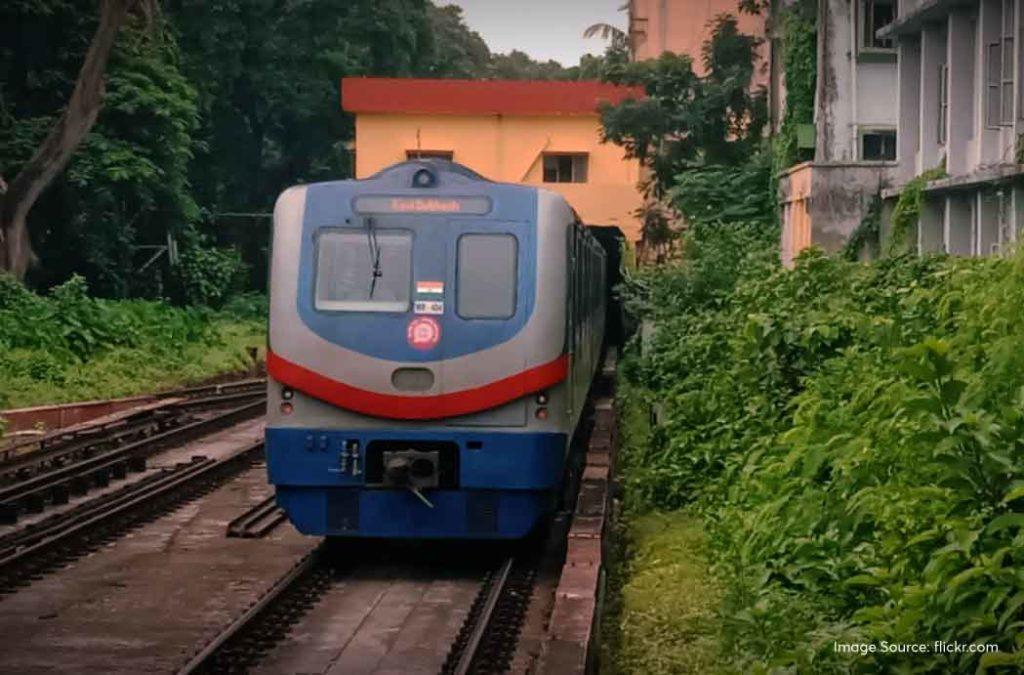
Metropolitan Transport Project (MTP) was set up in 1969. In 1971, With the help of some Soviet specialists, MTP came up with a five-metro line plan totalling a length of 97.5 kms. Three out of these five suggested lines were approved for construction. The overcrowded north-south axis between Dum Dum and Tollygunge was given the top priority. The first public transportation line on this route opened on October 24, 1984, and the entire section’s construction was complete by September 27, 1995. This line was further extended to Kavi Subash and the construction was complete by 2010.
The second line runs between Salt Lake Sector V and Howrah Maidan. Operations started on October 4, 2020 and the operations of the extended underwater line started from March 2024.
There are other lines and extensions proposed to make Kolkata Metro more useful and we will discuss all of them in the next few sections of the blog.
Current operational lines
There are currently two operational lines on the Kolkata Metro route map. These are the blue and green lines. The purple line is partially operational.
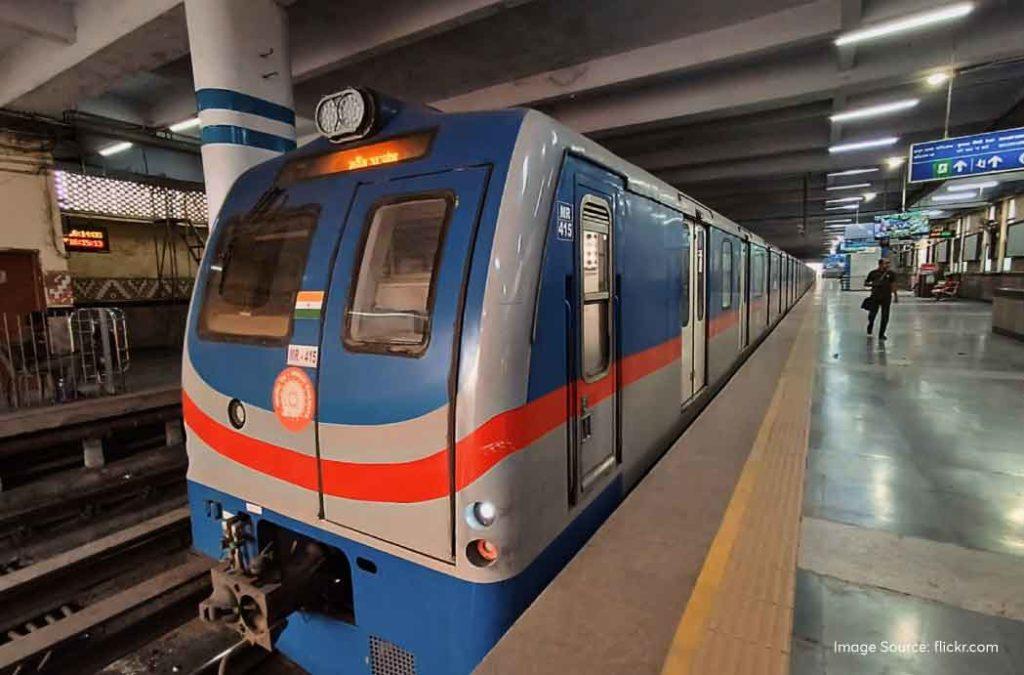
Blue Line – Kolkata Metro Line 1
This is also referred to as the north-south metro line and is the first metro route which became operational in 1984. The route uses broad gauge rail tracks and 750-volt direct current is supplied to the third rail. The line runs for about 32.1 kms and has 26 stations, out of which 15 are underground stations, 9 are elevated and 2 are at grade level (general ground level). The blue line runs from Dakshineshwar to Kavi Subash.
| Station Name | Type of Platform | Connections (Transfer stations) |
| Dakshineswar | Elevated | |
| Baranagar | Elevated | |
| Noapara | Elevated | Netaji Subhas Chandra Bose International Airport |
| Dum Dum | Elevated | |
| Belgachia | Underground | Kolkata Railway Station |
| Shyambazar | Underground | |
| Sovabazar Sutanuti | Underground | |
| Girish Park | Underground | |
| Mahatma Gandhi Road | Underground | |
| Central | Underground | |
| Chandni Chowk | Underground | Sealdah Railway Station |
| Esplanade | Underground | |
| Park Street | Underground | |
| Maidan | Underground | |
| Rabindra Sadan | Underground | |
| Netaji Bhavan | Underground | |
| Jatin Das Park | Underground | |
| Kalighat | Underground | |
| Rabindra Sarobar | Underground | Tollygunge Railway Station |
| Mahanayak Uttam Kumar | At Grade | |
| Netaji | Elevated | |
| Masterda Surya Sen | Elevated | |
| Gitanjali | Elevated | |
| Kavi Nazrul | Elevated | |
| Shahid Khudiram | Elevated | |
| Kavi Subhash | At Grade | New Garia Railway Station |
Green Line – Kolkata Metro Line 2
The Green Line is also called the east-west metro line and is the latest addition to the Kolkata Metro map. The line initially ran between the Salt Lake Sector V area to Sealdah – 9.3 kms long. Later on, an underwater extension that runs below the Hooghly River was suggested to connect the Esplanade with the Howrah Station. The construction of this extended route, which is 4.8 kms long, was completed by early 2024 and the metro train had its first run on this track on 4th March 2024.
Teghoria to Kestopur stations currently have a planned status and are not yet constructed.
| Station Name | Type of Platform | Connections (Transfer stations) |
| Teghoria / VIP Road | Elevated | Orange Line |
| Raghunathpur | Elevated | |
| Baguiati | Elevated | |
| Dum Dum Park | Elevated | |
| Kestopur | Elevated | |
| Salt Lake Sector V | Elevated | Orange Line |
| Karunamoyee | Elevated | |
| Central Park | Elevated | |
| City Centre | Elevated | |
| Bengal Chemical | Elevated | |
| Salt Lake Stadium | Elevated | |
| Phoolbagan | Underground | |
| Sealdah | Underground | Sealdah Station |
| Esplanade | Underground | Blue Line, Purple Line |
| Mahakaran | Underground | |
| Howrah | Underground | Howrah Station, Howrah Station Bus Terminus |
| Howrah Maidan | Underground |
People who have booked their hotels near Howraj Railway Station Kolkata or the ones who have their reservations at hotels near Sealdah Railway Station Kolkata can take this metro line to reach their stays without any hassle. Also, these metro lines are well connected with other stations with interesting tourist places.
Purple Line – Kolkata Metro Line 3
The purple line is partially operating. About 7 stations are built while 5 others are under construction. Two additional stations are under the planned status. About 8.5 kms of the purple line will have elevated platforms while the rest of the 6.3 kms will have underground stations.
| Station Name | Type of Platform | Connections (Transfer Stations) | Status |
Diamond Park | Elevated | Planned | |
IIM Calcutta | Elevated | Planned | |
| Joka | Elevated | Operational | |
Thakurpukur | Elevated | Operational | |
Sakherbazar | Elevated | Operational | |
Behala Chowrasta | Elevated | Operational | |
Behala Bazaar | Elevated | Operational | |
Taratala | Elevated | Operational | |
Majerhat | Elevated | Operational | |
Mominpur | Elevated | Operational | |
Kidderpore | Underground | Under construction | |
Victoria | Underground | Under construction | |
Park Street | Underground | Blue Line | Under construction |
Esplanade | Underground | Blue Line, Green Line | Under construction |
Upcoming and planned lines
Yellow Line – Kolkata Metro Line 4
The yellow line is currently under construction and is expected to run between Noapara and Barasat in North 24 Parganas. It will have a total of 10 stations. The trains on this Kolkata Metro route will mostly travel underground via ducts. The track will cover a distance of 16.8 kms and have elevated stations up to Jessore Road Station and then go underground to Barasat station. At the station near Subash Chandra Bose International Airport, the yellow line will be interchangeable with the orange line or Kolkata Metro Line 6
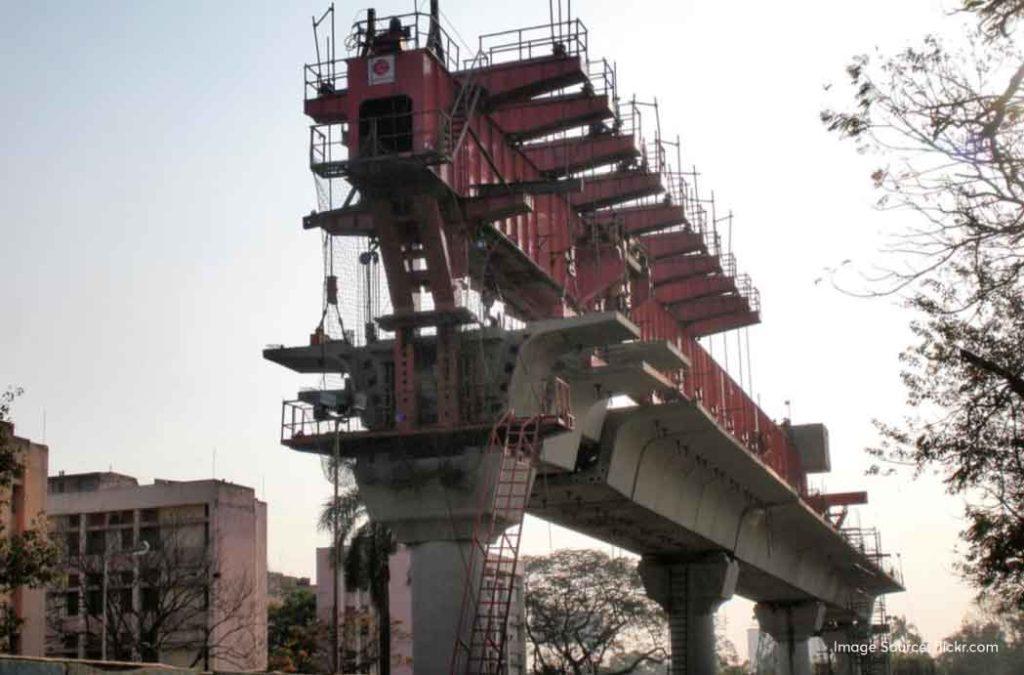
Pink Line – Kolkata Metro Line 5
The Pink Line of the Kolkata Metro is planned and has a total of 11 elevated stations. This route will be 12.5 kms long and run between Baranagar and Barrackpore. At the Baranagar station, you can interchange with the Blue Line or Kolkata Metro Line 1.
Orange Line – Kolkata Metro Line 6
The Orange Line connects New Garia with Netaji Subash Chandra Bose International Airport via Salt Lake and New Town. Currently, it only operates between stations from Kavi Subash to Hemanta Mukhopadhyay (Kavi Subash – Satyajit Ray – Jyotirindra Nandi – Kavi Sukanta – Hemanta Mukhopadhyay) and the rest of the route is under construction. It will have a total of 24 stations and will cover a distance of 29.87 kms. Right now, it connects with the Blue Line at Kavi Subash station and once the construction is done, it will be connecting with green and yellow lines as well.
Once the construction is done, it will be very easy for people who have booked their hotels near Kolkata Airport to explore different parts of the city and go back to their accommodation easily, without worrying about the traffic.
In the southern part of the country, you have the Chennai Metro and the Hyderabad Metro, both proving to be a great asset for their respective cities. In terms of commuting, they are as good as the Kolkata Metro.
Fares and ticketing
The ticket cost for the Blue Line can range anywhere between INR 5 to INR 25 depending upon the distance being covered. For the Green Line, the fare can range from INR 5 to INR 30.
Commuters can purchase a token which is meant for a single journey. You must enter the paid station/area within 45 minutes of purchasing the ticket or the token will become invalid. It is important to deposit the token at the exit station. If not, you will be charged a fine of INR 250.

Alternatively, travellers can also purchase a smart card that can be recharged with an amount ranging between INR 100 to INR 1000. This will include an INR 60 security deposit amount. If passengers fail to tap the smart card at the exit gate, the booking counter at the Kolkata Metro stations will charge an INR 25 penalty and may also lock the card.
There is a Kolkata metro app that you can download from PlayStore or AppStore. Through this application, you can see the Kolkata Metro map, the operational lines, fare details, timings and also recharge your smart cards. It is also possible to purchase a one-way token.
Metro services and features
The Kolkata Metro timing is between 7:00 AM to 10:35 PM. The frequency of the trains differs for each metro line. For the Blue Line, the trains’ average frequency is about 5 to 7 minutes. On the Green Line, you can expect to see a train every 10 minutes. The Purple Line is the slowest and the trains frequent every 50 minutes. The operational stations on the Orange Line have trains that frequent every 25 minutes.
Apart from this, it is important to note that the trains only stop for 5 to 10 seconds at each station and you must get in as quickly as possible.
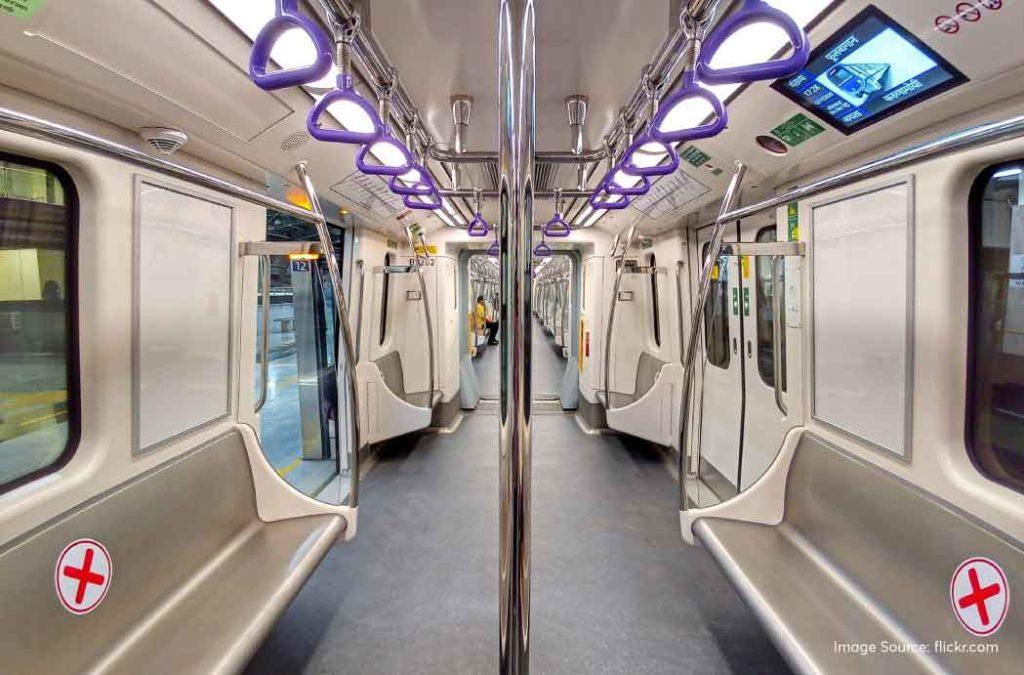
The stations are under CCTV surveillance and security personnel are present to check the passengers. The baggage scanners will funnel out people trying to take items that are not allowed on the Kolkata Metro. Emergency response teams are always on standby and regular drills are conducted so that the professionals will be ready for any situation.
Additionally, certain stations also have parking facilities. You will also find auto rickshaws and cab/taxi services for last-mile connectivity.
Environment and social impact
Kolkata, when it was Calcutta, had a lot of traffic problems. The roads cover very little of the surface area and despite people buying their own vehicles, public transport systems are always overcrowded. One option was to increase the number of buses and other modes of public transport. But, it seemed like this wouldn’t be enough.
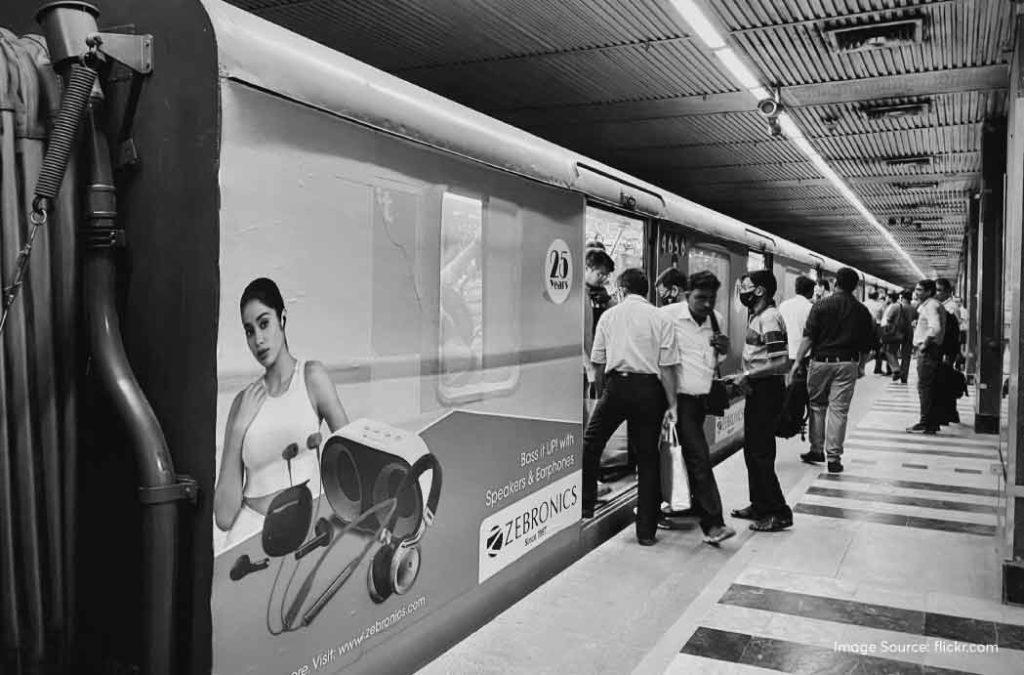
With Kolkata Metro, there was no need to increase the number of vehicles, thereby reducing the carbon emissions in the capital. Kolkata Metro is very beneficial for the environment and reduces pollution significantly.
Real estate and economic effect
Owing to the increased connectivity, the real estate prices of the existing housing and residential options near the Kolkata Metro stations increased. Also, people started newer residential ventures. The commercial space also improved with several retail stores, restaurants and shopping spots opening in the areas around the metro lines.
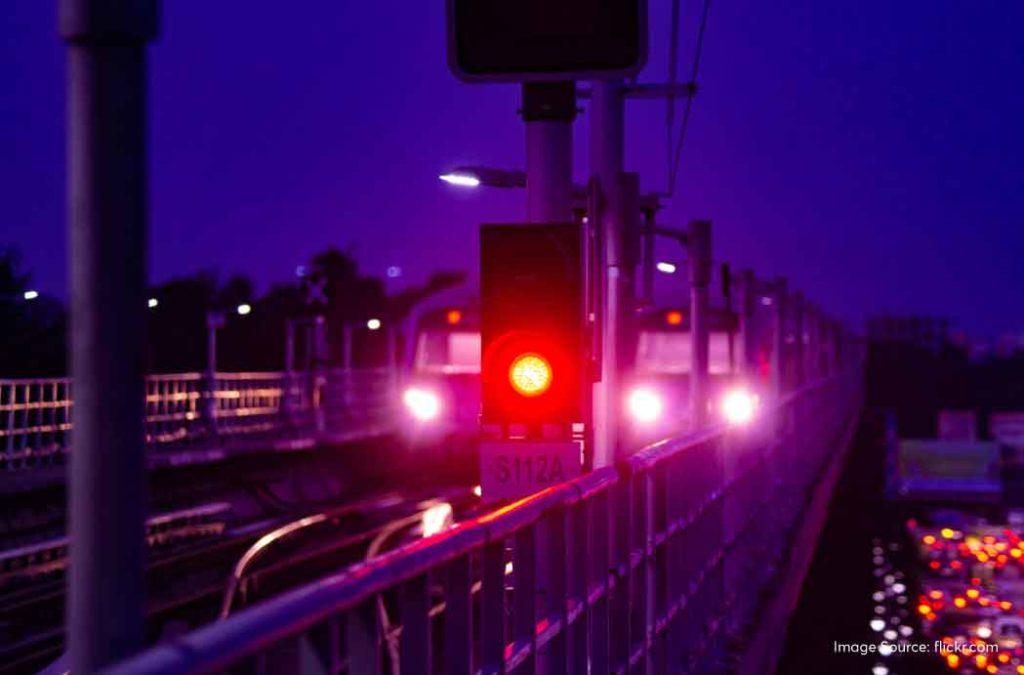
Tourists who want to visit the city of joy must book their hotels in Kolkata near the metro stations. This will make travel so much easier because major tourist hotspots can be easily reached through metro commuting.
Challenges and solutions
Kolkata Metro was the first intracity metro to be constructed in India. No one knew how to go about things and employed a trial and error method. They used the traditional cut-and-cover method (cut through soil and rock to make a tunnel) and driven shield tunnelling (temporary support for a tunnel before adding a permanent support structure) to construct the underground tunnels. Despite having little practical knowledge, they were able to successfully construct the Blue Line.
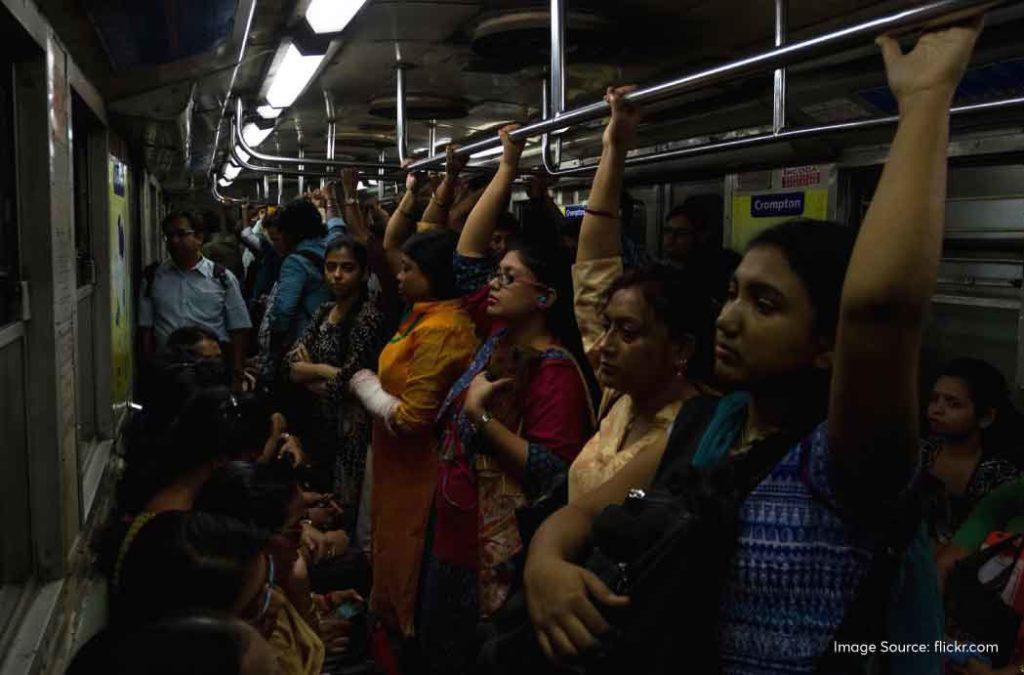
There were issues about diverting traffic and land acquisition to build the stations. However, with proper delegation and quick thinking, the government was able to not only build the metro routes but also not interrupt the traffic flow.
User experience and feedback
The locals love the Kolkata Metro. There are various reasons for this! The metro lines connect the most important spots of the city and are rapid transit points that help you reach your destination quickly. Moreover, the fare is affordable. Tourists, office goers and students find Metro to be a huge advantage in the 7th populous city of India.
The Kolkata Metro, after the construction of all the lines, is expected to be very elaborate, connecting every corner of Kolkata for easy transport. Right now, it has fully operational blue and green lines, semi-operational purple and orange lines, along with two other lines that are already planned. The fare is minimal, the trains are punctual and frequent within 10 minutes and transportation has become more safer and comfortable. Well, the first intracity underground metro network of India is definitely a hit!
